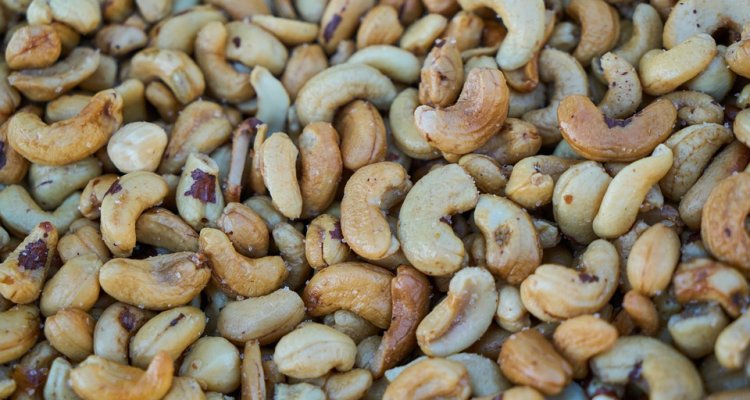
Colloquium
Comparative Study on Sentinel-2 and PlanetScope Images to Detect Cashew Nut Tree Density in Côte d'Ivoire
By Betony Colman
Abstract
Cote d’Ivoire is currently the world’s largest producer of Cashew Nut. Cashew was introduced to Cote d’Ivoire as a method to prevent desertification. The location of many of the Cashew trees, which were grown following old agricultural advice and for the purpose of preventing desertification, are unknown.
Despite it being the world’s largest producer, many of the cashew plantations have poor yields due to having a too high vegetation density and in many areas the harvesting potential is unfulfilled, especially where the Cashew was planted through the desertification prevention scheme. Ground surveys to identify the unknown areas of cashew and the vegetation density of cashew plantations are time consuming, laborious and costly and only feasible over small scales. Remote sensing techniques can be employed as a more timely and less laborious alternative to ground surveys and can be applied over large areas. Many of the methods to identify individual tree species or plantations and accurately detect vegetation density require advanced computationally heavy techniques and high resolution satellite imagery, which has high financial costs for the commercial user. This is a potential barrier to advancing sustainable farming practices in developing countries. This research aimed to compare the outcomes of using commercially available high resolution PlanetScope data to lower resolution, freely available Sentinel-2 data in classifying Cashew plantations in Odienne Cote d’Ivoire and detecting their vegetation density. A review of the current and most commonly used methods in the literature was carried out. The methods found to be most applicable to this study were Random Forest to classify the Cashew and the Ratio Vegetation Index (RVI) to detect the vegetation density of the cashew plantations. The Random Forest classification using Sentinel-2 achieved a 95% overall accuracy (significant: Mc’Nemars p-value of < 2.2e − 16), with a specificity for cashew of 99% . Using PlanetScope a lower overall accuracy was obtained (87%: significant; Mc’Nemars p-value of < 2.2e − 16) and a lower specificity for cashew (87%). The results of the density assessment were inconclusive, but it was observed that Sentinel-2 derived RVI was more sensitive to vegetation density than the PlanetScope derived RVI. The results indicate that with further validation data and possibly following some adjustments to the method, RVI could be a reliable method to detect vegetation density. A cost-benefit analysis was carried out between the two sources of data; despite the superiority of PlanetScope’s temporal resolution, when used commercially, Sentinel-2 provides a higher accuracy and should be the preferred choice of data for this kind of study.
Keywords: Pixel-based; Vegetation Density; Spatial Resolution; Random Forest; RVI; Cashew Plantation; Sentinel-2; PlanetScope